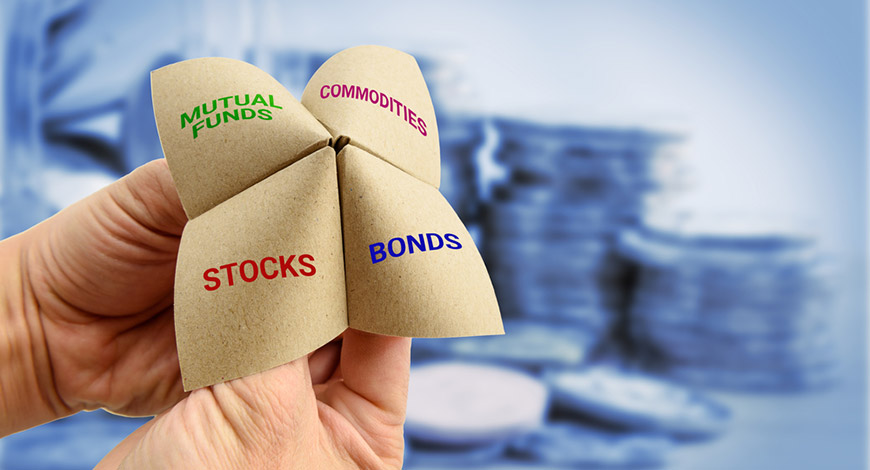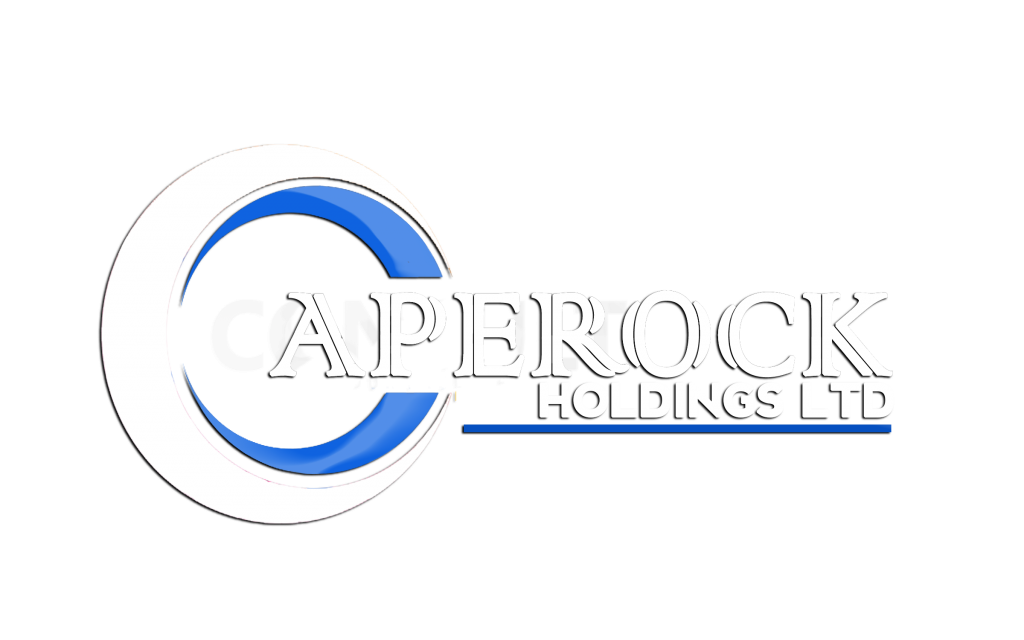CAPEROCK HOLDING LIMITED
MULTI ASSET
caperock holdings ltd
EQUITY INVESTMENT

Equity investment is buying shares directly from companies or other individual investors with the expectation of earning dividends or reselling the same to make gains when the prices are high. Investors can increase their profits as the value of equity investment rises.
One of Caperock Holdings Limited major goal is to advise partners on how to save and invest; going ahead to manage the investments of our clients and partners. We will outline the diverse methods by which equity investments can be diversified
CASH
Cash are liquid assets that are used on the go. Our Advisors usually talk to our clients on the need to keep a small percentage of their funds in cash/cash equivalents to prevent them from tampering with their investments in time of need.
Bonds
Bonds are loan from an investor to a borrower such as a company or government. The borrower uses the money to fund its operations, and the investor receives interest on the investment. The market value of a bond can change over time.
A bond can also be seen as an agreement between an investor and the company, government, or government agency that issues the bond. When investors buy a bond, they are loaning money to the issuer in exchange for interest and the return of principal at maturity. Because bonds traditionally pay the investor a fixed interest rate periodically, they are also known as fixed-income securities.
Unlike stocks, bonds don’t make the investor an owner of the bond issuer: the investor becomes a lender to a company, city, or government.
Most investment portfolios should include some bonds, which help balance out risk over time and that why we at Caperock Holding Limited help clients pick and manage bonds with low risk.
Aggressive Growth Investment
Aggressive growth is a style of investing that comes with higher market risk than a diversified investing approach. As it pertains to the stock market in general, higher-risk investments can have greater returns in the long term. A growth stock is an equity investment in a company that is expected to grow at a faster rate compared to the overall stock market. Aggressive growth is like an intensified, greater growth-oriented version of the general growth investment strategy.
A perfect example of aggressive growth investments are investments in the cryptocurrency markets. They are generally more volatile but have high profit potentials. A panacea for the volatility of aggressive growth investments is one of the core values of Caperock Holdings Limited which is to inspire and educate. Caperock Holdings Limited now makes sure that a research was conducted and understood before advising partners to jump into it. Understanding the method of operation of companies, their profit potential, and their potential/future prospects are the major keys in identifying potentially profitable aggressive growth investments.
Income Investments
Income investments as the name implies, are investments that earn the investors regular income with time. Contrary to what the general public believes, income-producing investments can play a bigger role in growing a portfolio than growth investments over the long term. They are risk adjusted and may decrease volatility over long periods of time, that’s because in income investments, investors are entitled to regular payments (dividends), this helps to offset volatility associated with growth investments like stocks. They usually come in 2 different forms; interest bearing investments and dividend-paying stocks. Investors can choose to re-invest the interest or dividends received as a means of creating compound interest or simply receive the interest as regular payments to run their everyday life. They are lower risk compared to stocks (growth investments). They help reduce the volatility in an investor’s portfolio. Investors with lower risk tolerance might choose to allocate smaller amounts to income producing investments.
Growth Investments
Unlike income-producing investments, growth investments are more volatile and they include stocks of companies being sold to the general public. Growth investments do not pay interests or dividends like income investments, rather, investors invest in them to make long term profits (capital appreciation) as they hope for the price of the stocks to “grow”.
Investors generally look for stocks that show signs of above average growth (even if the share price seems expensive). Valuation metrics such as price to book and price to earnings ratio are used. Risk can be avoided by investing in growth stocks that are found in the S&P 500 and holding them for the long term. Growth stocks can be affected by economic situation of a country, and might not recover until things become more stable. Understanding your goals is a key part of knowing which of investment options between value and growth investing as both can be beneficial. Owning a single stock reduces your diversification, and therefore increases your risk.
Below is the different asset allocation related to investors age, financial situation, and goals; carried out by our experts at Caperock Holdings Limited.
Note that this is not exact, but gives a generic idea of asset allocation techniques for just liquid assets
FINANCIAL SITUATION AND GOALS FOR TEENS TO LATE 20s INVESTORS
- Aggressive
- Growing net worth
- Very long-term outlook
- Willingness to take a fair amount of risk
ASSET ALLOCATION
- 5% to 10% in Aggressive growth investments
- 40% to 50% in growth investments
- 30% to 40% in growth and income investments
- 5% to 15% in Bonds
- 5% to 10% cash
FINANCIAL SITUATION AND GOALS FOR 30s to late 40s INVESTORS
- Ten or more years to retirement
- Focused on building net worth
- Willingness to take risk
- Not needing investment income
ASSET ALLOCATION
- 5% to 10% in Aggressive growth investments
- 25% to 35% in growth investments
- 35% to 45% in growth and income investments
- 5% to 25% in Bonds
- 5% to 10% cash
FINANCIAL SITUATION AND GOALS FOR 50s to mid-60s INVESTORS
- Less than years to retirement
- High income years with fewer financial responsibilities
- Willingness to take some risk, but avoiding high volatility
- Focused majorly on stability more than growth
ASSET ALLOCATION
- 0% to 5% in Aggressive growth investments
- 15% to 25% in growth investments
- 30% to 40% in growth and income investments
- 20% to 30% in Bonds
- 5% to 10% cash
